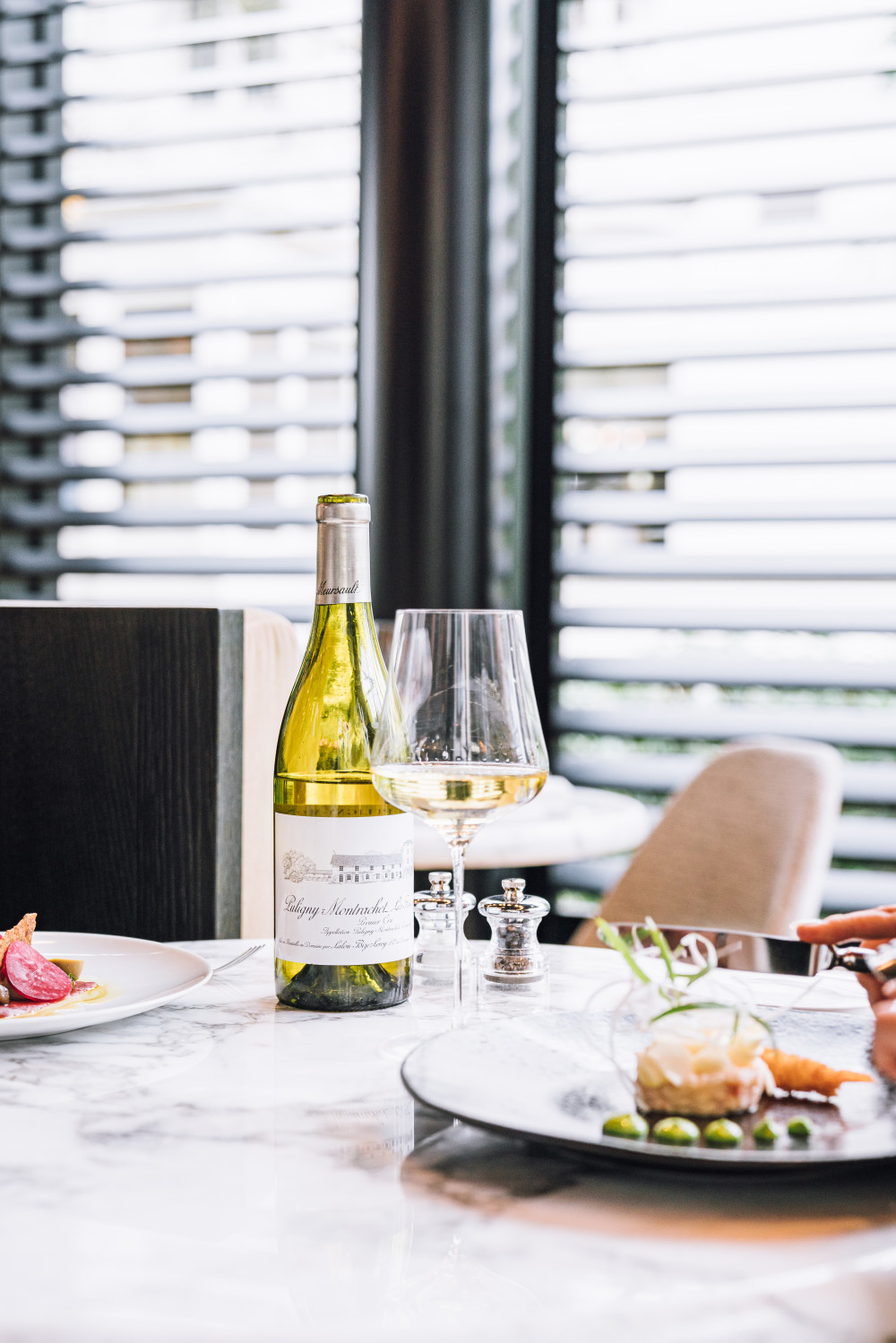Puligny-Montrachet
Legendary growths from Burgundy: they are considered the epitome of density, body and longevity – the wines from Puligny-Montrachet. It's no wonder that they are among the most sought-after wines by connoisseurs worldwide.
Puligny-Montrachet: legendary growths from Burgundy
They are considered the epitome of density, body and longevity – the wines from Puligny-Montrachet. It's no wonder that they are among the most sought-after wines by connoisseurs worldwide.
Where does Puligny-Montrachet come from?
Let's zoom into Burgundy. In the heart of Bourgogne lies the Côte d'Or. Here, the Côte de Beaune makes up the entire southern tip. Now we are almost in Puligny-Montrachet. The wine-growing community is located directly between Chassagne-Montrachet and Meursault. Although Puligny-Montrachet and Meursault almost merge into one another, the wines from the two villages have little in common. However, they can be found between Puligny-Montrachet and Chassagne-Montrachet. This is not least due to the fact that the two villages share Montrachet and Bâtard-Montrachet, two of the most famous Grands Crus in the world.
The Chardonnays that come from here are truly world-famous and are considered the epitome of long-lasting and complex white wines, which serve as a global model for great wines. Although it is also worth taking a look at the other crus in Puligny-Montrachet, as Montrachet and Bâtard-Montrachet account for just 10 of the 235 hectares of vineyards in Puligny-Montrachet.
What crus are there in Puligny-Montrachet?
Montrachet and Bâtard-Montrachet may be the most famous Grands Crus in Puligny-Montrachet, but with Bienvenues-Bâtard-Montrachet and Chevalier-Montrachet, there are two more Grands Crus that produce equally complex, elegant, highly concentrated and long-lasting white wines. In addition, the small community boasts no fewer than 17 Premiers Crus. Of these, the top-quality sites of Les Pucelles, Les Combettes and Les Folatières stand out in particular.
All the crus are characterised by marl and limestone weathered soils, as well as clay. In addition, there is a semi-continental climate with oceanic influence. These are ideal conditions for full-bodied and complex wines to develop, which amaze many a connoisseur with their elegance and finesse. However, this applies not only to the great wines, but also to the village appellation of Puligny-Montrachet, which covers 115 hectares of vineyards. Incidentally, there is also an alternative appellation, Puligny-Montrachet-Côte de Beaune, which is reserved exclusively for red wines.
Which grapes go into a Puligny-Montrachet?
Which brings us to the crux of the matter. Because it is generally assumed that only white wine may be made in Puligny-Montrachet from the Chardonnay grape. But we have already shown that Pinot Noir is also produced here. As a single-varietal, of course. The quantities are, however, negligible. Because Puligny-Montrachet is, of course, a white wine paradise. What the wineries here produce from the Chardonnay grape variety is simply breathtaking. Which leads us seamlessly to the next question.
Wine producers
What does a Puligny-Montrachet taste like?
What all white wines from the municipality have in common is their opulence and rich body. While the Village wines tend to be slimmer, but still powerful, with floral and fruity aromas, the Premiers Crus regularly amaze with their deep complexity.
The Grands Crus are then a universe of their own. Here it is truly worthwhile to savour the different philosophies of the winemakers in the glass. Not only can you taste the terroir and, of course, the vintage in each wine, but also the highly personal signature of the producer. Among the most famous producers are Coche Dury, Domaine d'Ardhuy, Thomas Collardot, Etienne Sauzet, Henri Boillot and Ramonet.
What food goes well with a Puligny-Montrachet?
The Village wines are enchanting companions for delicate poultry and various fine fish. Crunchy salads also benefit from the floral and fruity notes. If, on the other hand, you want to combine a Premier Cru with all its radiance with a meal, then we recommend thinking in the direction of veal or pumpkin. A selection of mature cheeses promises to be just as enjoyable with the Premiers Crus. The Grands Crus can, of course, also be combined in this way. However, they are also very good soloists that do not need any additional food to show their true greatness in the glass. And between you and me, they more than deserve your undivided attention. Be inspired by the selection of wines from Puligny-Montrachet at Best of Wines.
Other Appellations



